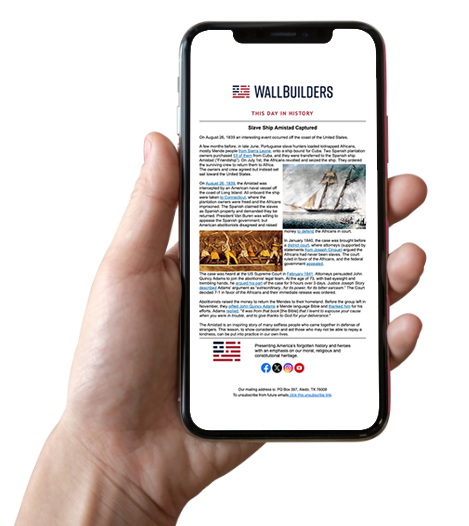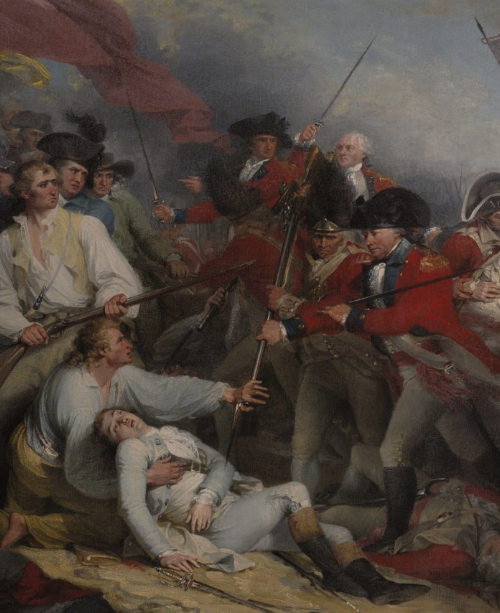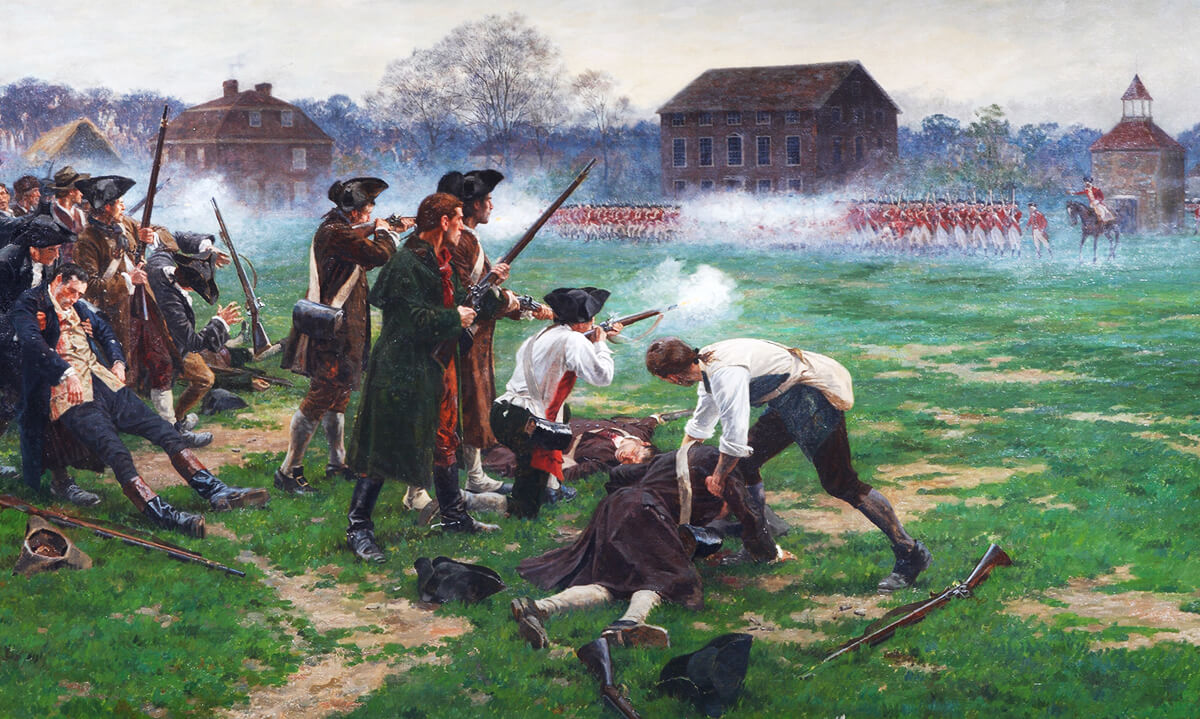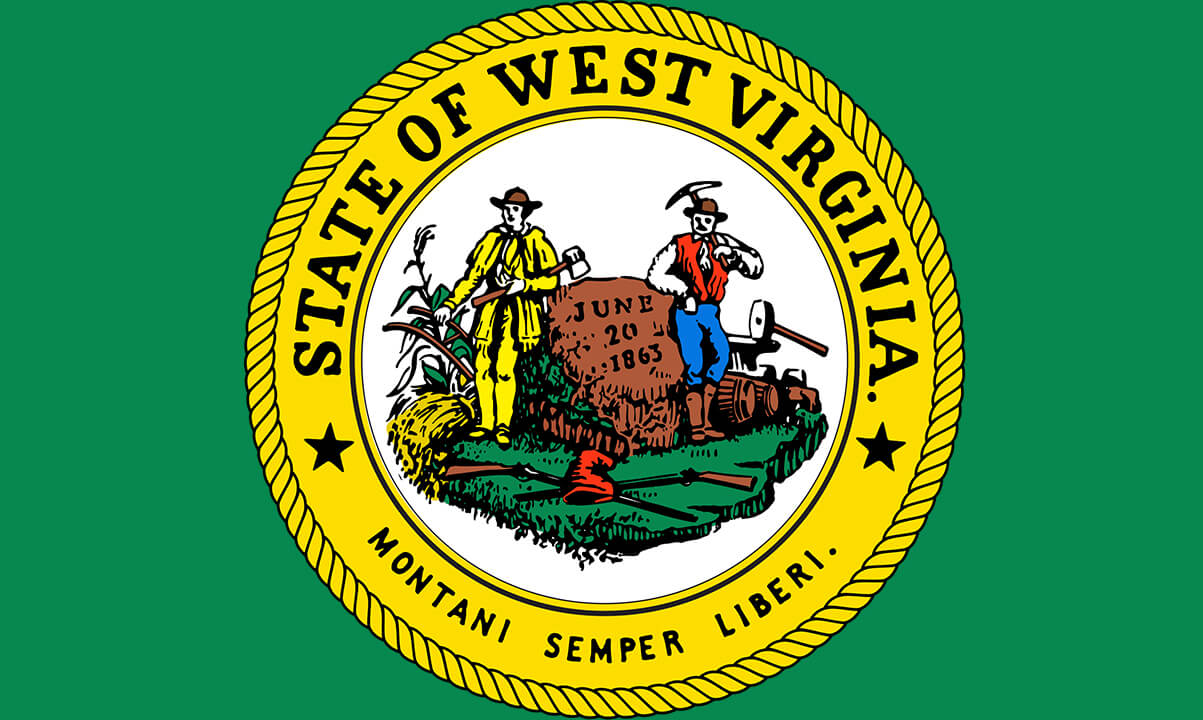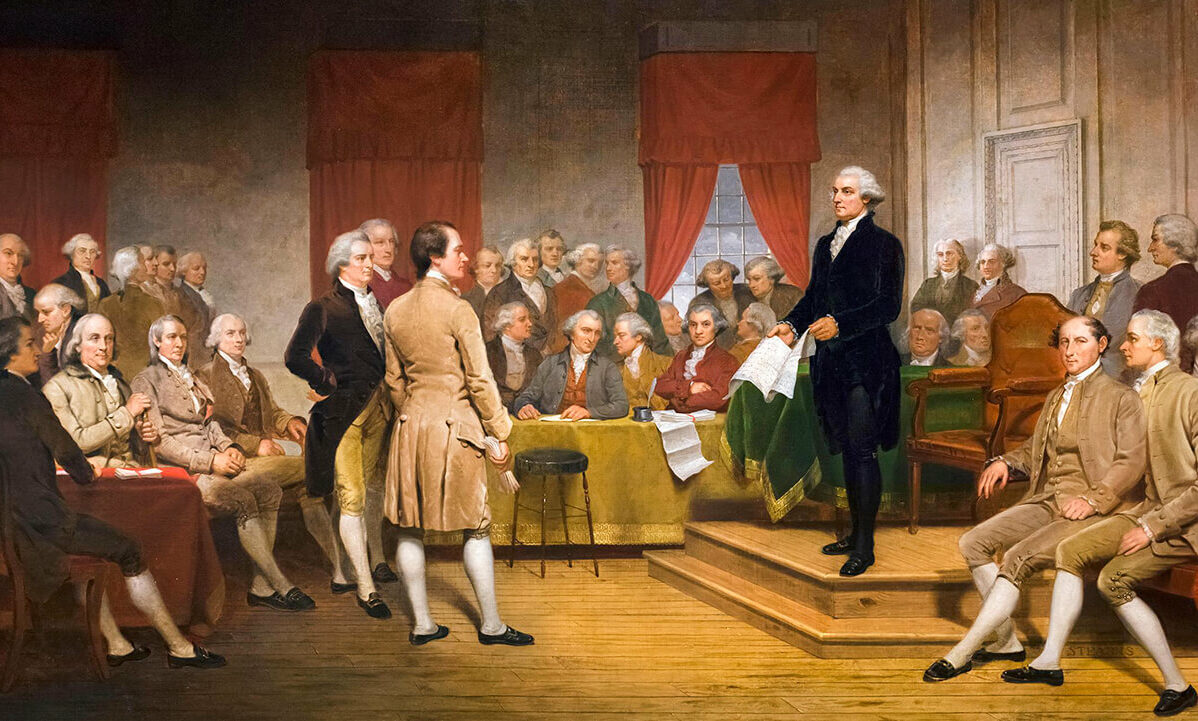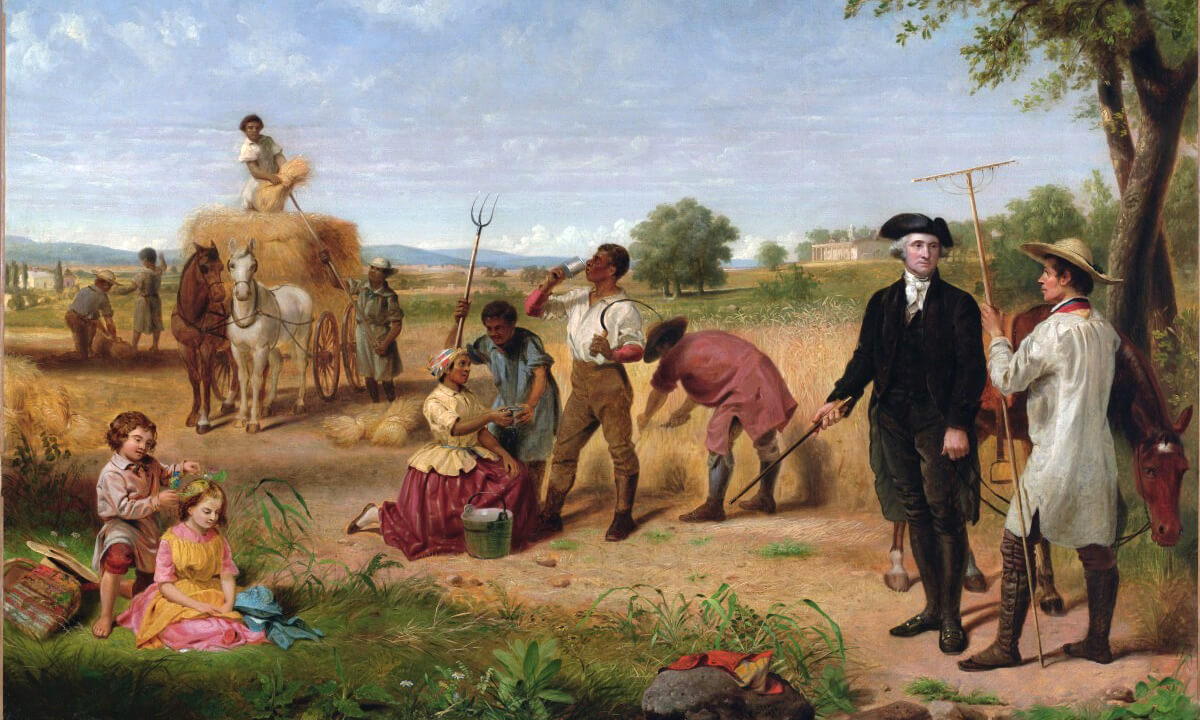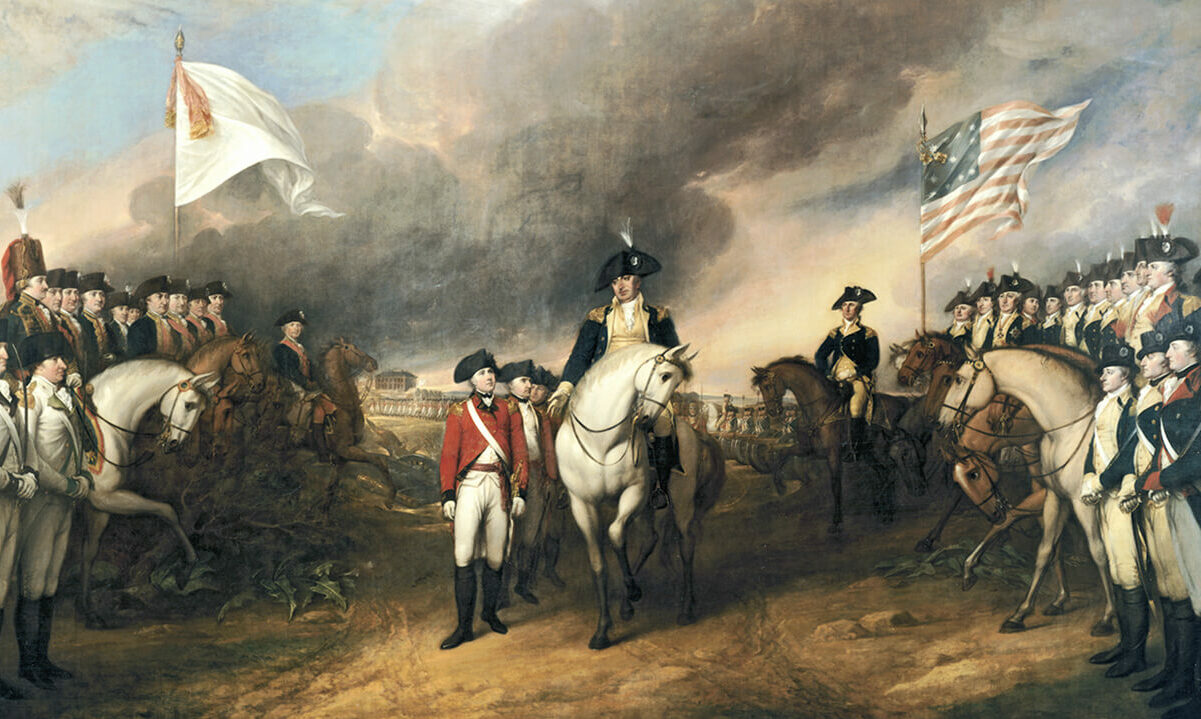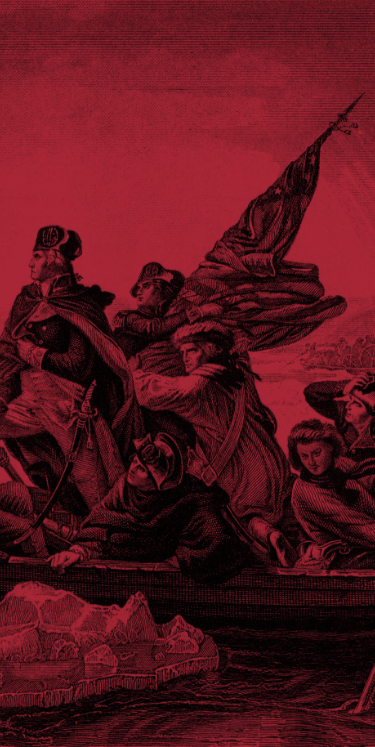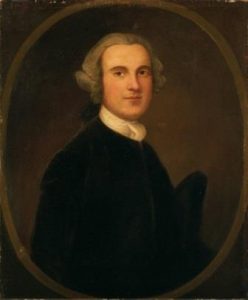 Richard Stockton was one of the 56 signers of the Declaration of Independence. He was one of those who literally gave his life for American liberty. October 1, 1 is the anniversary of his birthday in 1730.
Richard Stockton was one of the 56 signers of the Declaration of Independence. He was one of those who literally gave his life for American liberty. October 1, 1 is the anniversary of his birthday in 1730.
Richard grew up and practiced law in New Jersey, 2 and had a role in the state government while it was still a British Colony. 3 Although his life was fairly prosperous, he did not let considerations for his own comfort or security stand in the way of principle. He therefore signed the Declaration of Independence — an action that was considered an act of treason against the British king, carrying with it an automatic penalty of death. He understood the risk, and with the other Founders, announced to the world that “with a firm reliance on the protection of Divine providence, we mutually pledge to each other our lives, fortunes, and sacred honor.”
It was not long before Richard began to suffer the consequences . Some three months after signing the Declaration, he was kidnapped one night by a band of British Loyalists. 4 . He was placed into a barbaric prison where he was abused and mistreated.5 Congress eventually learned of his imprisonment by the British and moved to secure his freedom, but his health was so destroyed that he never recovered. 6 He died on February 28, 1781,7 never having seen the end of the war, or the liberty that he had worked to secure for others.
Richard maintained his Christian faith throughout his life — a fact that was apparent up to his dying days. In fact, knowing that he was dying as a result of his imprisonment, in his last will and testament, he left clear instructions for his six children he would leave behind:
And as my children will have frequent occasion of perusing this instrument, and may probably be particularly impressed with the last words of their father, I think it proper here not only to subscribe to the entire belief of the great and leading doctrines of the Christian religion, such as the Being of God…the Divinity of the person and the completeness of the redemption purchased by the blessed Savior…but also, in the bowels of a father’s affection, to exhort and charge them, that the fear of God is the beginning of wisdom — that the way of life held up in the Christian system is calculated for the most complete happiness that can be enjoyed in this mortal state.8
As a Washington DC newspaper in 1789 accurately noted about America’s Founding:
[Christianity] laid the foundation of this new and great Empire. . . . It is the professed religion of the greatest, wisest, and best men this world has produced.9
- Learn more about Richard Stockton and other Signers in Lives of the Signers!
- WallBuilders article for further reading: Their Lives, Fortunes and Sacred Honor: Richard Stockton
Endnotes
1 Rev. Charles A. Goodrich, Lives of the Signers of the Declaration of Independence (Hartford: R.G.H. Huntington, 1842), 204; Robert W. Lincoln, Lives of the Presidents of the Untied States; with Biographical Notices of the Signers of the Declaration of Independence (New York: N. Watson & Co., 1836), 409.
2 L. Carroll Judson, A Biography of the Signers of the Declaration of Independence, and of Washington and Patrick Henry (Philadelphia: J. Dobson, and Thomas, Cowperthwait & Co., 1839), 67; John Sanderson, Sanderson’s Biography of the Signers to the Declaration of Independence, ed. Robert T. Conrad (Philadelphia: Thomas, Cowperthwait & Co., 1848), 288.
3 Judson, Biography of the Signers (1839), 68; Rev. Charles A. Goodrich, Lives of the Signers of the Declaration of Independence (Hartford: R.G.H. Huntington, 1842), 207.
4 Sanderson, Sanderson’s Biography of the Signers, ed. Conrad (1848), 292.
5 Sanderson, Sanderson’s Biography of the Signers, ed. Conrad (1848), 292.
6 Goodrich, Lives of the Signers (1842), 207.
7 Judson, Biography of the Signers (183), 70; Sanderson, Sanderson’s Biography of the Signers, ed. Conrad (1848), 293; Lincoln, Lives of the Presidents (New York: N. Watson & Co., 1836), 409; Goodrich, Lives of the Signers (1842), p. 208.
8 “Will of Richard Stockton,” WallBuilders.
9 The American Museum (Philadelphia: Mathew Carey, 1789), Vol. IV, p. 41, originally printed in The Gazette of the United States on May 9, 1789.
Still looking for answers? Visit our FAQ page
More Resources
Know the Truth and Protect Your Freedoms.
Still looking for answers? Visit our FAQ page
Stay Informed with the Latest Resources
Enter your email address to receive our regular newsletter, with important information and updates right in your inbox!
